Key Takeaways
- JRPGs often explore existential themes like identity and fate, challenging players with cosmic horrors and gods.
- Titles like Parasite Eve, Final Fantasy 7, and Nier: Automata delve into deep philosophical questions.
- Games like Persona 3 and Shin Megami Tensei 3 tackle dark topics like death, embracing the existential crisis.
In the long and storied history of JRPGs, the genre has been defined by a lot, but one of the less appreciated concerns is just how often they turn toward existential themes. That’s what happens when a trope develops where the player is usually tasked with killing god at the end of the game, so it’s no real surprise…
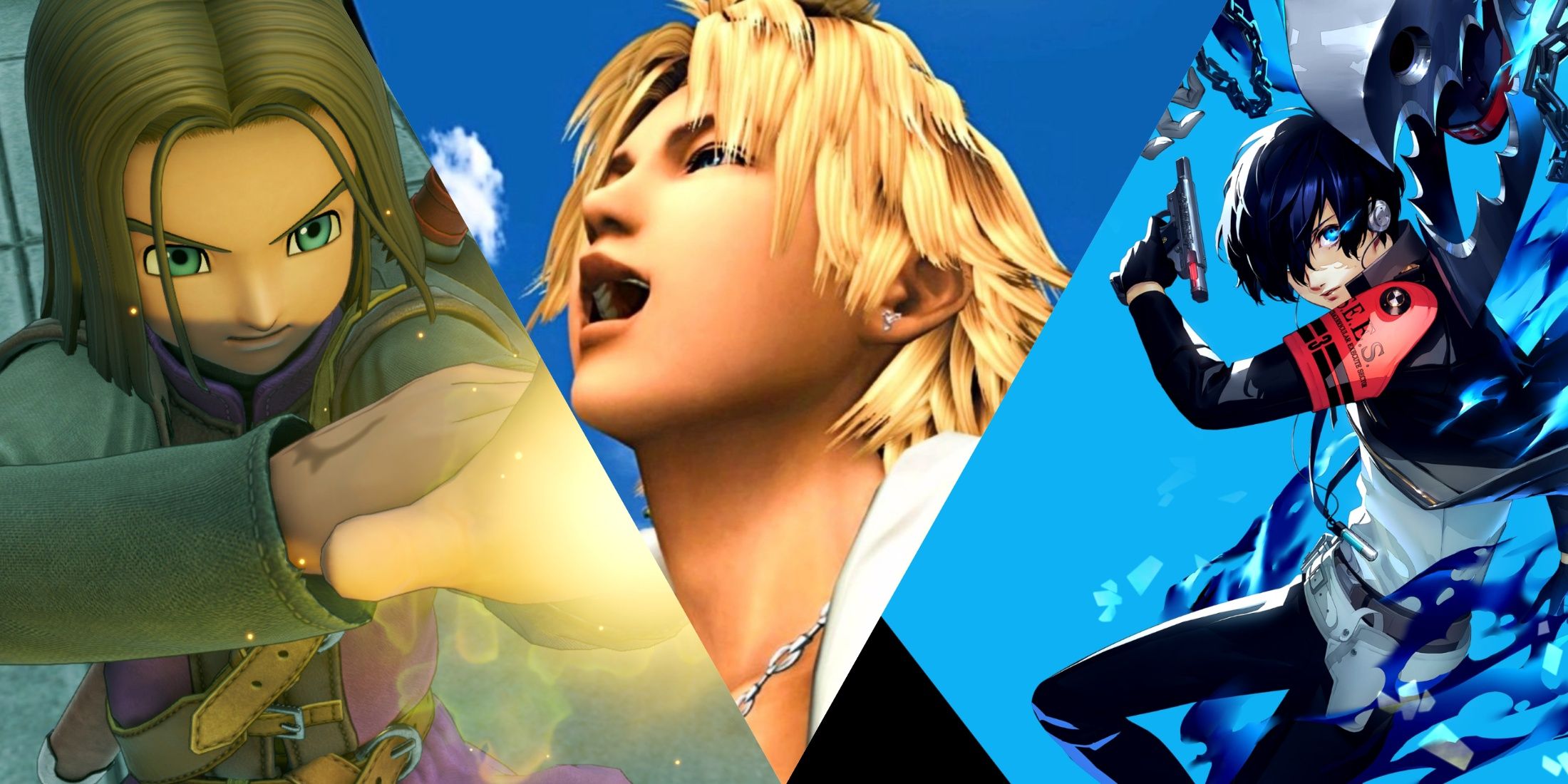
RELATED
10 Best Turn-Based JRPG Franchises, Ranked
The following turn-based JRPG franchises stand out among the rest as the best in class.
Whether it’s mutagenic viruses that mull on the nature of free will or endless cycles of cosmic horrors rewriting reality as they see fit, JPRGs offer plenty of material for gamers looking for an existential crisis.
1 Parasite Eve
Encoded In The Genes
As one of the first rated M games released by Square, an adaptation of a book, and an early attempt to fuse JRPG mechanics with horror gameplay, Parasite Eve was a big swing by the venerated JRPG company. Luckily, it paid off big-time, even if it remains criminally underrated in the modern day.
The game brings up a lot of major existential themes too. Because the plot revolves around mitochondria in cells becoming sentient, the game raises questions about what it means to exist if humans are made up of smaller organisms, and it also challenges the idea that humans are dominant in the evolutionary hierarchy.
2 Final Fantasy 10
Cycle Of Annihilation
Final Fantasy 10 was a massive leap forward for the venerated JRPG franchise that took bold steps, including the transition to a fully 3D world with graphics that still hold up pretty well to this day. The game takes lots of inspiration from island cultures around Southeast Asia and has a unique relationship to Final Fantasy‘s reoccurring pantheon of gods that has endeared it in the hearts of many fans who quietly maintain that it’s one of the best games in the franchise.
In Final Fantasy 10, players take control of Tidus, who must try to find a way to conquer the world-ending force known as “Sin,” which cyclically seems to destroy worlds as many preach that Sin is mankind’s punishment for the use of technology. The possibility of Sin re-emerging is the existential crisis that fuels the entire game world, and it’s a compelling question whether Tidus can even fight it at all.
3 Chrono Cross
Timeline Mutability
- Released
- August 15, 2000
- Developer(s)
- Square
Following up Chrono Trigger, one of the most venerated JRPGs of all time, is no easy task, but Chrono Cross marks an admirable attempt at developing the original game’s ideas, and bringing them to the realm of parallel dimensions that are key to the game’s unique story and characters.
Players take the role of Serge who travels to a parallel world where he died as a child, which has a lot of knock-on effects as these parallel dimensions diverge. The existence of fate (with a literal supercomputer in the game called FATE that acts as a goddess of technological determinism) in the world is a constant struggle, as the game’s characters wonder how mutable their identity may be in a world of parallel dimensions and whether struggling against the existence of fate is even possible.
4 Earthbound
Cosmic Horrors
Earthbound has a deceptive legacy, both as a cheery JRPG with a simplistic art style and as a kid’s game on account of its child protagonists. However, anyone who has ever played Earthbound will know that a lot of this friendliness is just a veil over a much more sinister and existentially driven plot about the nature of cosmic horror itself.
Taking control of Ness, players must come face to face with Giygas, the embodiment of cosmic horror that wants to sentence humanity to a dimension of eternal darkness. Fan theories run rampant on Giygas, with some thinking that Giygas is an unborn fetus, or that it is a literal Lovecraftian god. No matter the truth, Giygas and the evil it represents that can dominate reality with little effort is an existentially horrifying idea and one that has cemented Earthbound as a time-honored classic.
5 Final Fantasy 7
A Dying World
- Released
- January 31, 1997
As (probably) the most popular and best-loved entry into the Final Fantasy franchise, Final Fantasy 7 already has a fearsome reputation among JRPG fans. One major reason is due to its stories and the themes that were well ahead of its time, particularly due to the environmentalist themes that drive the motivations of many of the several heroes as they face off against the game’s roster of formidable bosses.
Final Fantasy 7 is one of the earliest examples in video games of eco-existentialism, the idea that an existential crisis can be triggered by the degradation of the environment that’s on a seemingly irrevocable path toward destruction. Add on top of that Cloud’s central struggle with his own identity, and Final Fantasy 7 packs a surprising amount of existentialism beneath the hood.
6 Persona 3
Shed This Mortal Coil
All Persona games are known to get a little dark from time to time, but none are yet to get as dark as Persona 3, the beginning of what could broadly be considered to be the modern entries in the franchise. In Persona 3, players have to shoot themselves in the head to summon their magical abilities. Yeah, this game has some pretty dark ideas on its mind.
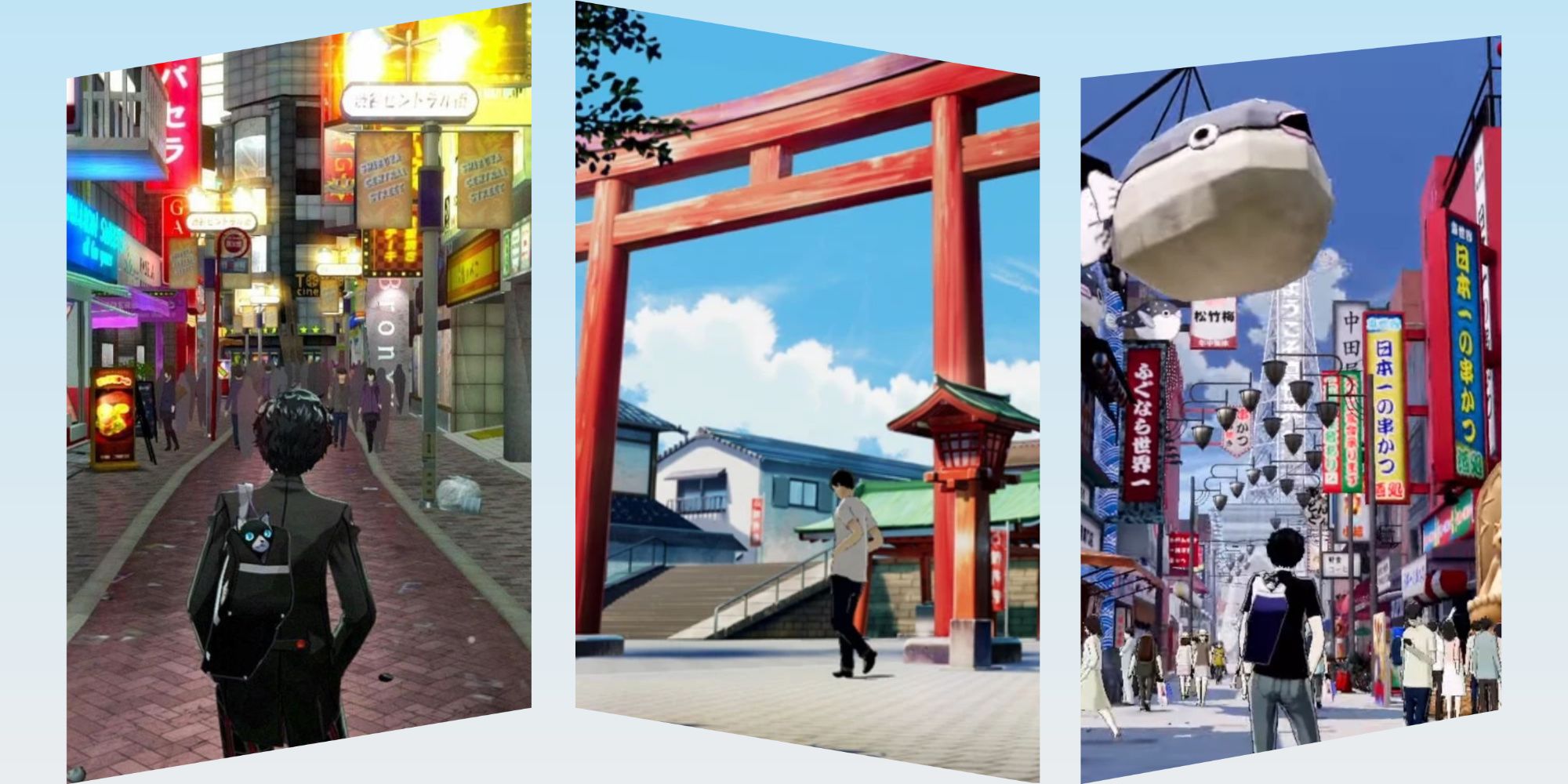
RELATED
Best Cities In The Persona Games, Ranked
Exploring the cities present in the Persona games is often a rewarding experience. These are some of the best.
Yet, like most Persona games, there’s an optimistic heart at the core of a game that is centrally concerned about the existential crisis known as death and whether it’s better to resist it or embrace it. There’s loads of depth here, and it remains probably the most underrated entry in the modern entries of the game that’s recently been re-released in its most complete form ever.
7 Shin Megami Tensei 3: Nocturne
At World’s End
- Released
- October 12, 2004
Though the Shin Megami Tensei series is the somewhat neglected little brother in the Atlus catalog, it more than makes up for its comparative lack of popularity with compelling and darker worlds than Persona, none more than Shin Megami Tensei 3.
In Shin Megami Tensei 3, players awake in a post-apocalyptic version of Tokyo ravaged by supernatural creatures and a dwindling subset of humanity trying to understand how to proceed to the next day. Yet, the game has a quiet pulse of optimism, making the case that only by encountering meaningless can we live authentically. It’s deep stuff, and well worth the play.
8 Nier: Automata
The Nature Of Being
No other mainstream game has been released in the past decade or more with as much existentialist philosophy built into its bones as Nier: Automata. Players take control of units in the Yorha unit, sentient androids, tasked with destroying other robots on a ravaged earth as they tackle a litany of brilliant side quests.
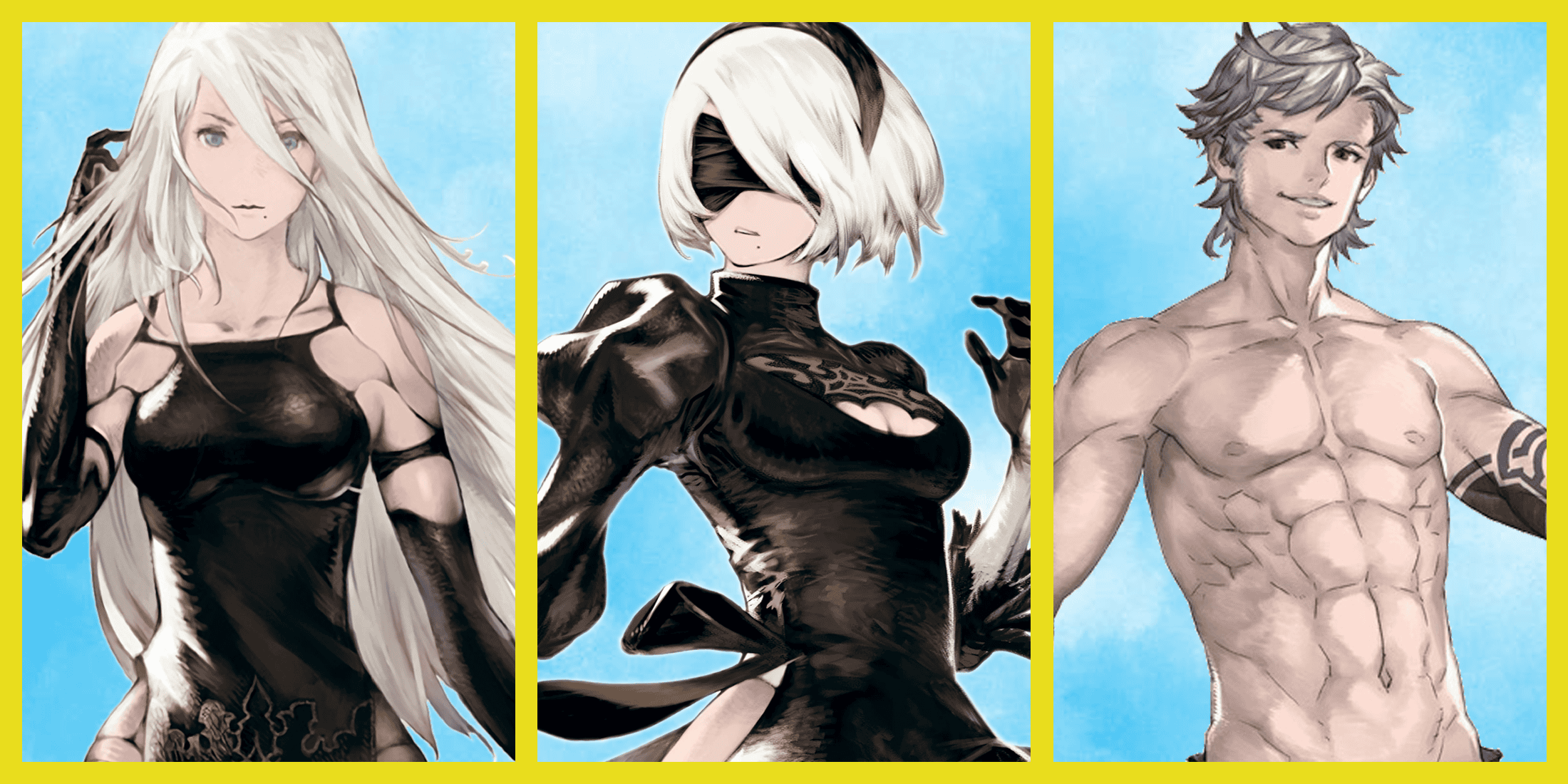
RELATED
NieR: Automata Ver 1.1a: 10 Strongest Characters, Ranked
These are a range of powerful characters in NieR: Automata Ver 1.1a, ranked by their unique strength and combat abilities.
However, no single-sentence plot synopsis can truly encapsulate the sheer depths of existential chaos the game plunges into, actively taunting the player about the meaninglessness of their journey, then performing one of the single most compelling gameplay about-turns in video game history that’s so optimistic it’s hard not to feel like it’s all going to be okay. To say more would spoil it, but no game has engaged with existential questions in such a thorough fashion than Nier: Automata.
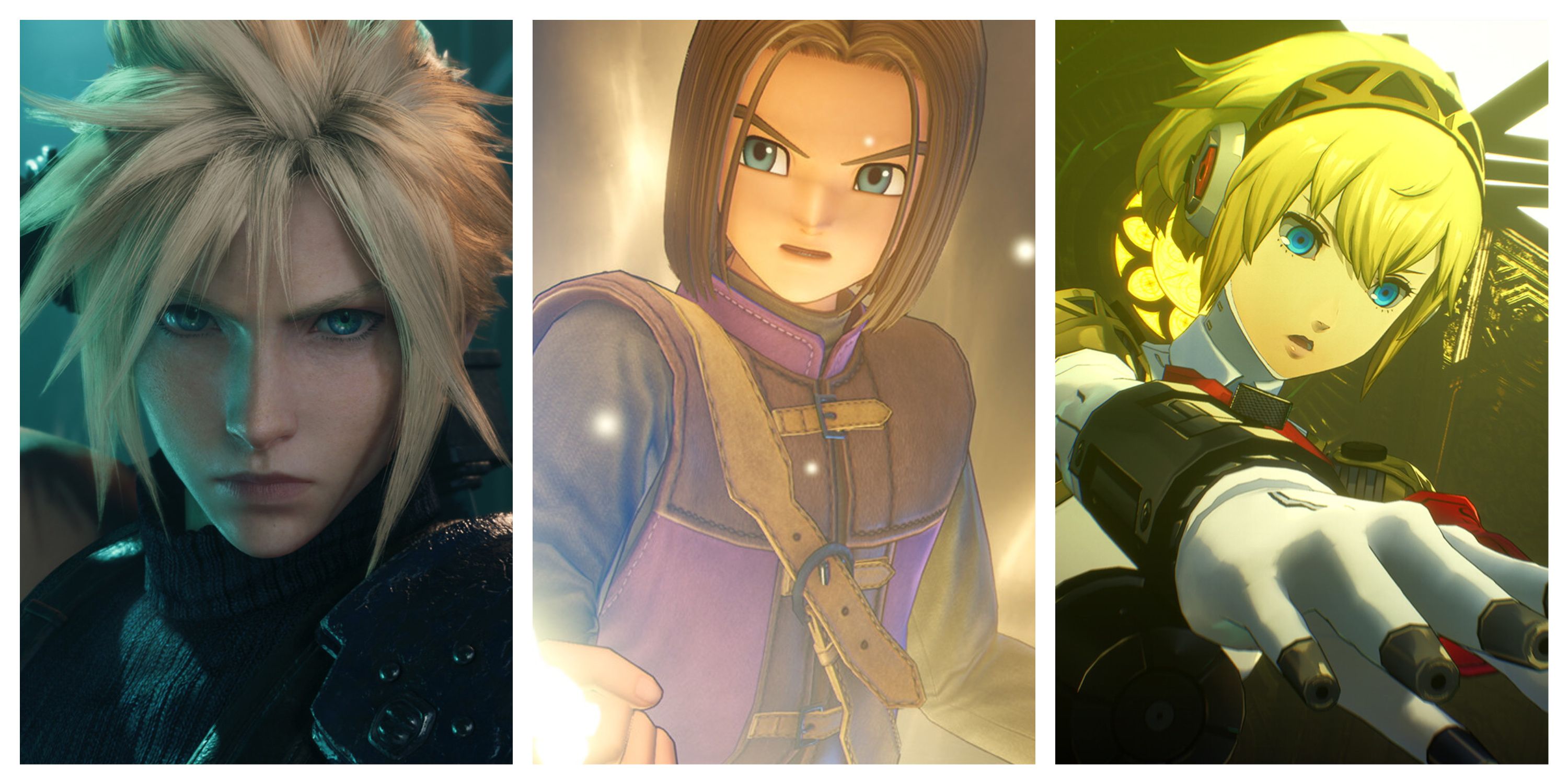
More
10 JRPGs With The Best Party Member Interactions
Party members are the lifeblood of many classic JRPGs. These games exemplify that fact by featuring the genre’s best party member interactions.
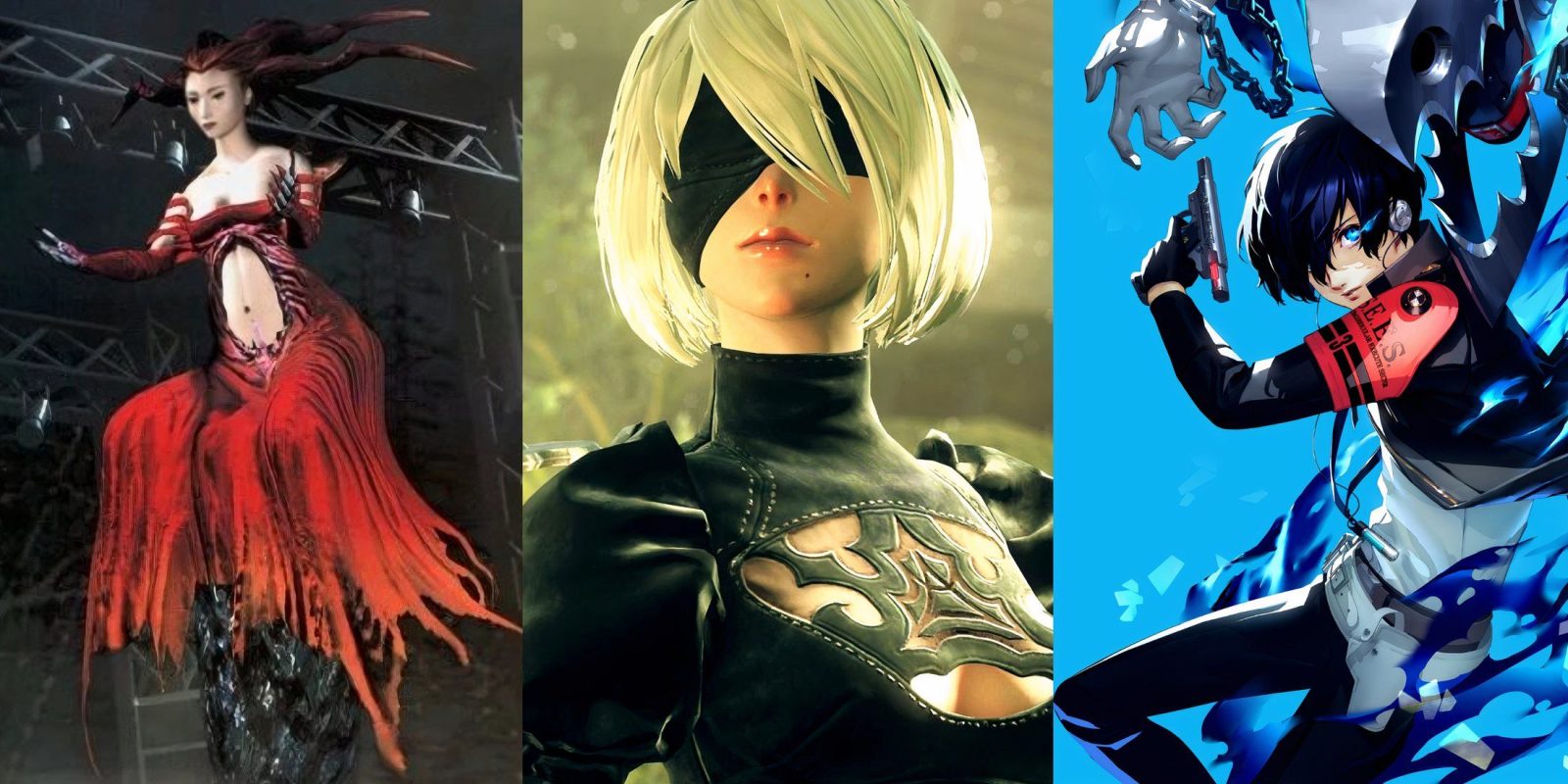










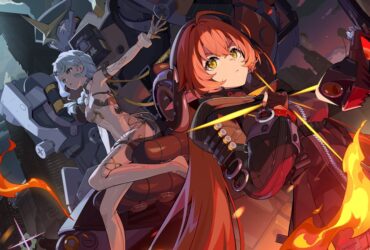

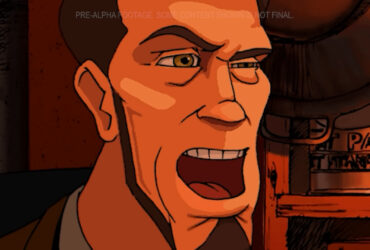
Leave a Reply